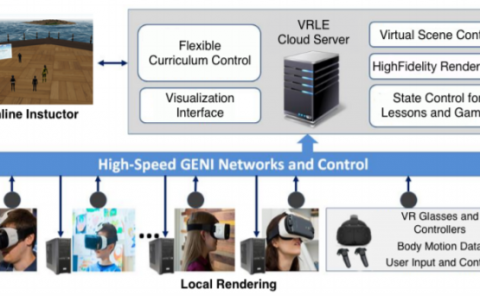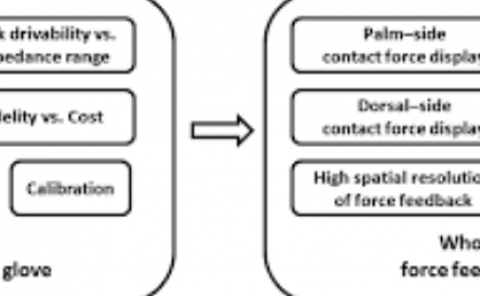Passively Addressed Morphing Surface (PARMS) Based on Machine Learning
PubDate: Jan 2023
Teams: Purdue University
Writers: Jue Wang, Michael Sotzing, Mina Lee, Alex Chortos
PDF: Passively Addressed Morphing Surface (PARMS) Based on Machine Learning

Abstract
Reconfigurable morphing surfaces provide new opportunities for advanced human-machine interfaces and bio-inspired robotics. Morphing into arbitrary surfaces on demand requires a device with a sufficiently large number of actuators and an inverse control strategy that can calculate the actuator stimulation necessary to achieve a target surface. The programmability of a morphing surface can be improved by increasing the number of independent actuators, but this increases the complexity of the control system. Thus, developing compact and efficient control interfaces and control algorithms is a crucial knowledge gap for the adoption of morphing surfaces in broad applications. In this work, we describe a passively addressed robotic morphing surface (PARMS) composed of matrix-arranged ionic actuators. To reduce the complexity of the physical control interface, we introduce passive matrix addressing. Matrix addressing allows the control of independent actuators using only 2N control inputs, which is significantly lower than control inputs required for traditional direct addressing. Our control algorithm is based on machine learning using finite element simulations as the training data. This machine learning approach allows both forward and inverse control with high precision in real time. Inverse control demonstrations show that the PARMS can dynamically morph into arbitrary pre-defined surfaces on demand. These innovations in actuator matrix control may enable future implementation of PARMS in wearables, haptics, and augmented reality/virtual reality (AR/VR).



